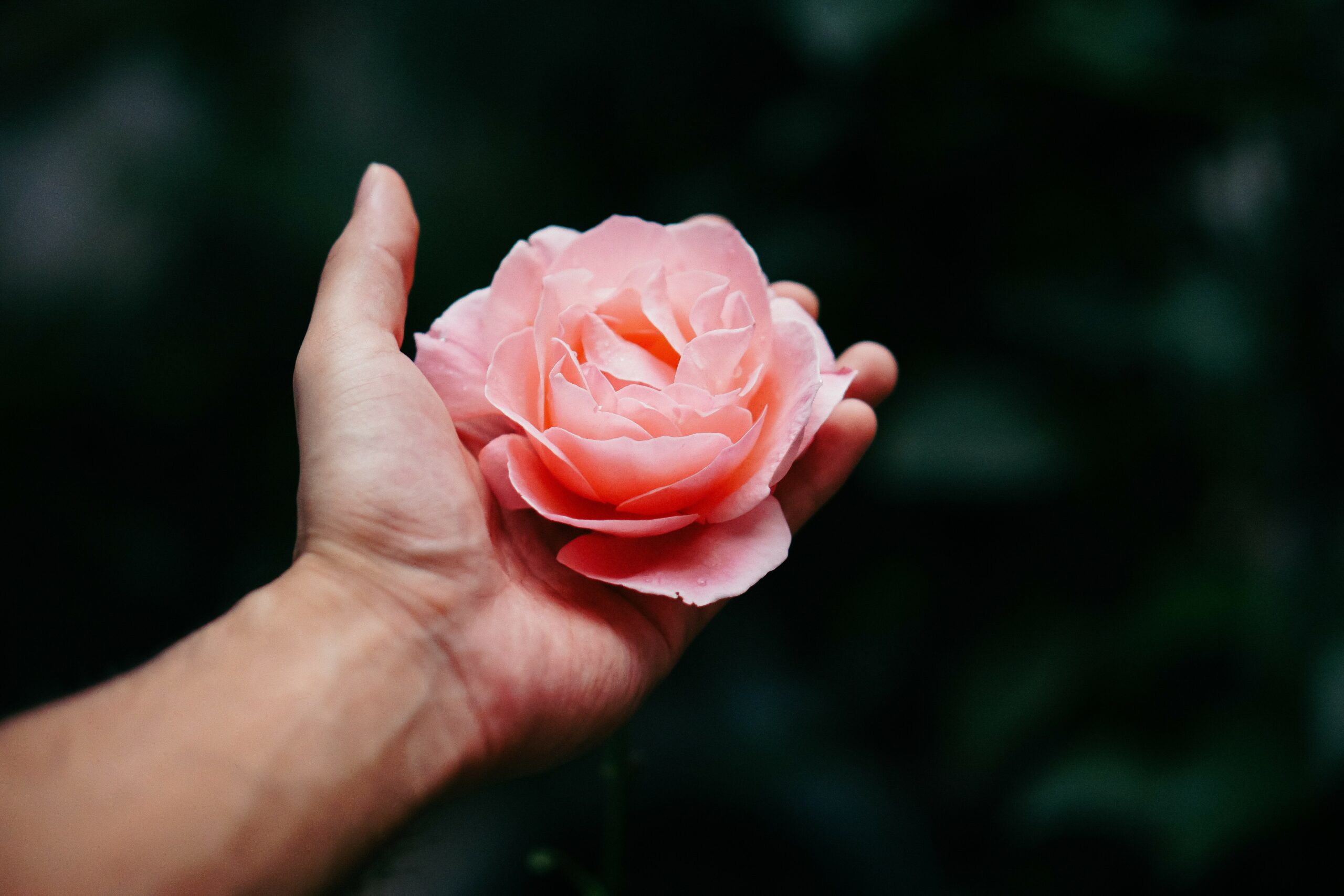The principal tool of every distillation process is the alambic, an instrument that always reminded me of the female form. We understand that this link is very real when we learn that the first image of an alambic is by the hand of Cleopatra the Alchemist, a scientist living and practicing in Alexandria around the 3rd Century AD. She tried, and maybe even succeeded, in creating the first philosopher’s stone, the highest aspiration and accomplishment for every alchemist.
Cleopatra followed the teachings and philosophy of an alchemist of the first century: Mary the Jewess or Mary the Prophetess, to whom we attribute the invention of the bain-marie method as well as two specific shapes of alambic: the Tribikos, an alambic with three arms still widely used today and the Kerotakis, a recipient that could close hermetically and that is meant to reproduce the circumstances in which the earth creates gold in her womb.
Around the same time, another woman lived and practiced in Alexandria: Cleopatra the physician. Some historians believe that the two are the same woman, which is not such a stretch, as most scientist and learned people at the time were knowledgeable in multiple disciplines and there wasn’t such a clear divide between different fields of science as there is now. In any way, both had a fascination for the female reproductive process. When we look in detail at the distillation process that creates an essential oil from plant matter, we can clearly see a reversed process of pregnancy and birth. Only someone with great knowledge of the physical functions (the process of gestation and the development of a foetus in utero, the moon cycles and the journey of the egg) and the energetic functions of the uterus (the process of alchemical transformation of different energies and the generation of new realities and creations from the void) could successfully translate this process into a set of tools that allow us to recreate these alchemical proceedings with other materials.
The alambic is revealed as a copper womb, a reproduction of a woman’s alchemical hearth. Who would be better placed than a woman to make this connection? The link to the feminine mysteries becomes even clearer when we look at the papyrus attributed to Cleopatra named “Chrysopoeia” – which means “that which creates gold” on which we see the Orobouros, the serpent biting its own tail with the inscription “all is one”, the symbols of the moon and the star of Inanna (the Sumerian mother goddess).







Recent Comments